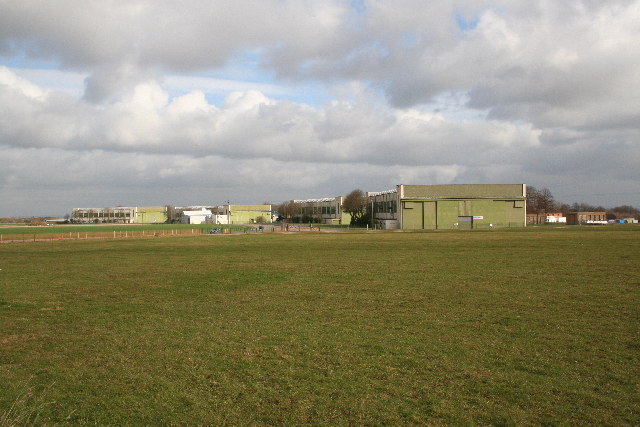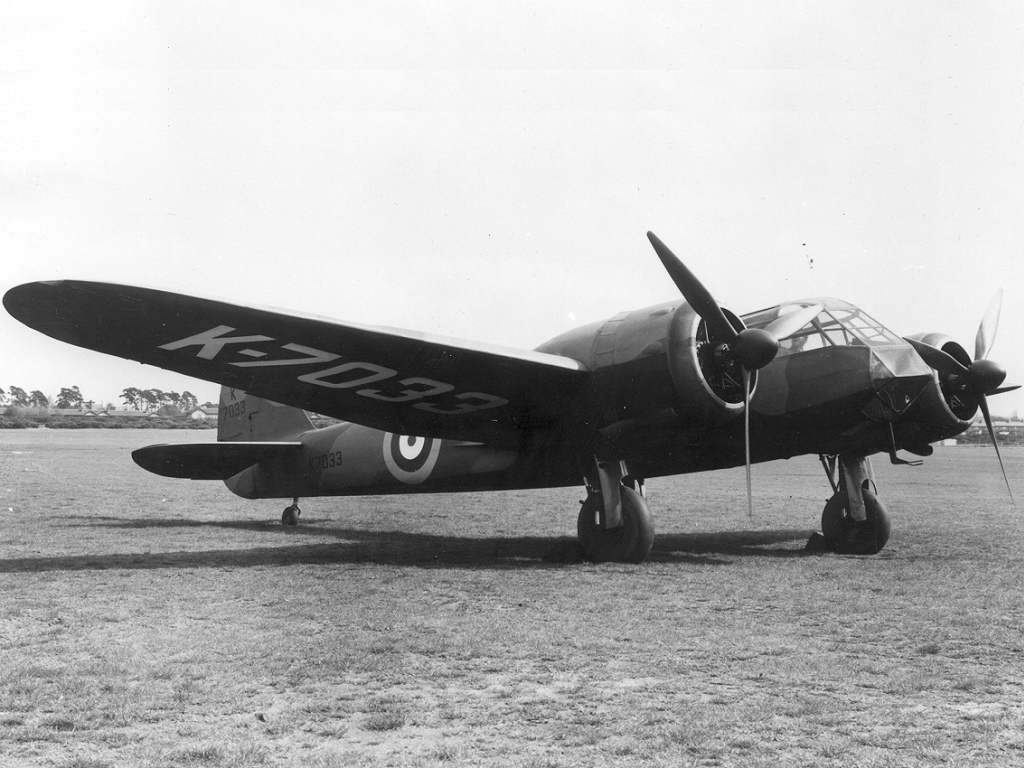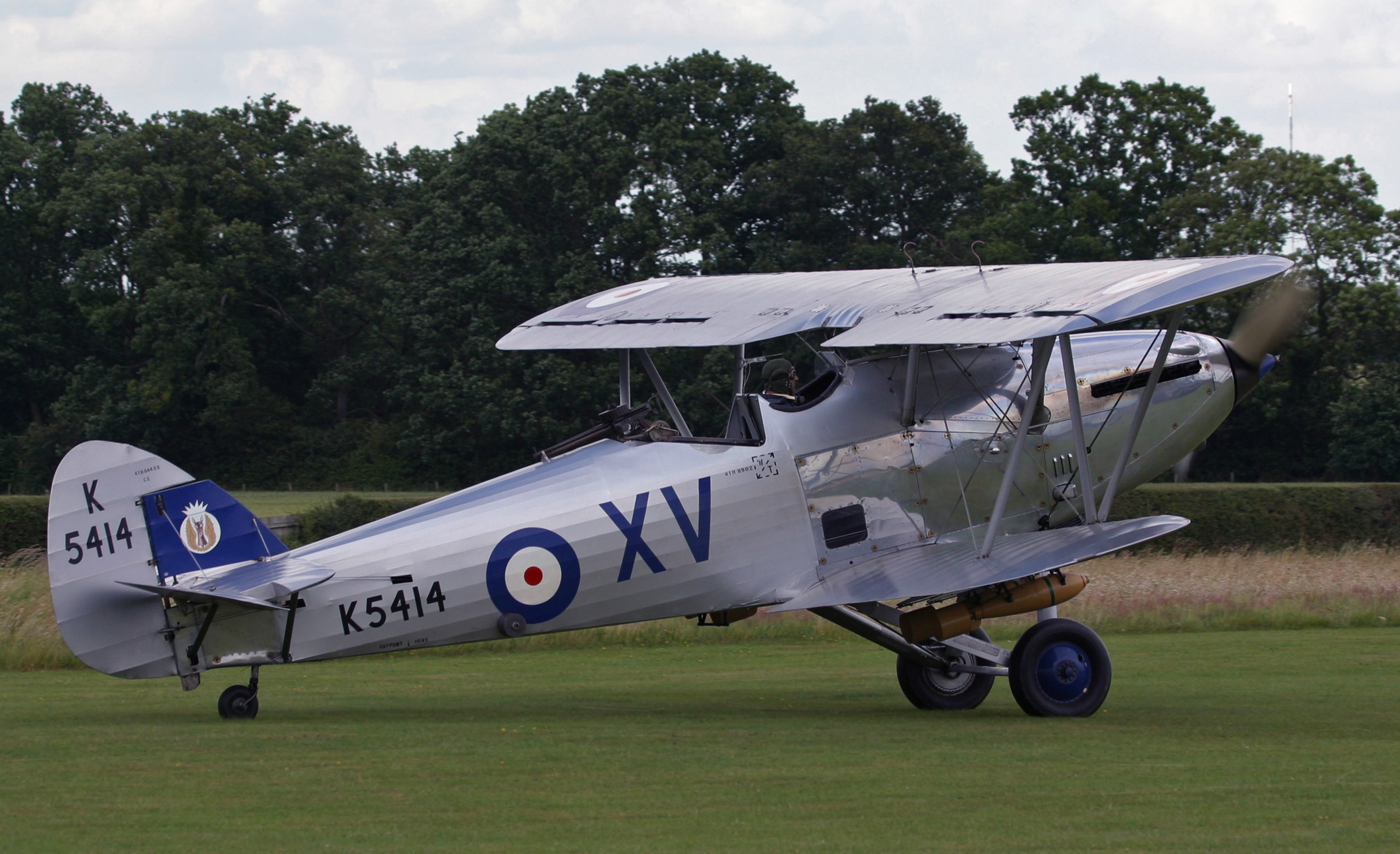|
RAF Hemswell
Royal Air Force Hemswell, or RAF Hemswell, is a former Royal Air Force station located east of Gainsborough, Lincolnshire, England. Located close to the village of Hemswell in Lincolnshire, England the disestablished airfield is now in full use as a civilian industrial and retail trading estate, forming part of the newly created parish of Hemswell Cliff along with the station's married quarters and RAF-built primary school that are now in non-military ownership. The airfield was used by RAF Bomber Command for 20 years between 1937 and 1957 and saw most of its operational life during the Second World War. It was used again by Bomber Command as a nuclear ballistic missile base during the Cold War and then closed to military use in 1967. On 19 March 1940 RAF Hemswell-based Handley Page Hampdens of No. 61 Squadron RAF were the first Bomber Command aircraft to drop bombs on German soil during the Second World War. The target was the Hörnum seaplane base on the nort ... [...More Info...] [...Related Items...] OR: [Wikipedia] [Google] [Baidu] |
Hemswell Cliff
Hemswell Cliff is a village and civil parish in the West Lindsey district of Lincolnshire, England. It is situated on the A631 road between Caenby Corner and Gainsborough, Lincolnshire, Gainsborough and on the Lincoln Cliff escarpment. The civil parish also includes the western part of the hamlet of Spital-in-the-Street on the A15 road (England), A15 road (Ermine Street). According to the United Kingdom Census 2001, 2001 Census the parish had a population of 683. Hemswell Cliff Primary School is in the village. History Until 1991 the parish formed part of the civil parish of Hemswell, historically in the West Riding of Lindsey, West Riding of the Parts of Lindsey. RAF Hemswell was located on the site from 1937 until it closed in 1967. The airfield site was subsequently redeveloped into a private trading estate and the RAF married quarters into a residential area. In 1991 the eastern part of Hemswell parish, extending from the B1398 road east to the A15, including the area ... [...More Info...] [...Related Items...] OR: [Wikipedia] [Google] [Baidu] |
Nazi-Germany
Nazi Germany, officially known as the German Reich and later the Greater German Reich, was the German state between 1933 and 1945, when Adolf Hitler and the Nazi Party controlled the country, transforming it into a totalitarian dictatorship. The Third Reich, meaning "Third Realm" or "Third Empire", referred to the Nazi claim that Nazi Germany was the successor to the earlier Holy Roman Empire (800–1806) and German Empire (1871–1918). The Third Reich, which the Nazis referred to as the Thousand-Year Reich, ended in May 1945, after 12 years, when the Allies defeated Germany and entered the capital, Berlin, ending World War II in Europe. After Hitler was appointed Chancellor of Germany in 1933, the Nazi Party began to eliminate political opposition and consolidate power. A 1934 German referendum confirmed Hitler as sole ''Führer'' (leader). Power was centralised in Hitler's person, and his word became the highest law. The government was not a coordinated, cooperating ... [...More Info...] [...Related Items...] OR: [Wikipedia] [Google] [Baidu] |
Bristol Blenheim
The Bristol Blenheim is a British light bomber designed and built by the Bristol Aeroplane Company, which was used extensively in the first two years of the Second World War, with examples still being used as trainers until the end of the war. Development began with the ''Type 142'', a civil airliner, after a challenge from the newspaper proprietor Harold Harmsworth, 1st Viscount Rothermere, Lord Rothermere to produce the fastest commercial aircraft in Europe. The ''Type 142'' first flew in April 1935, and the Air Ministry, ordered a modified design as the ''Type 142M'' for the Royal Air Force (RAF) as a bomber. Deliveries of the new Blenheim to RAF squadrons commenced on 10 March 1937. In service the Type 142M became the Blenheim Mk.I which would be developed into the long-nosed Type 149, the Blenheim Mk.IV, except in Canada where Fairchild Canada built the Type 149 under licence as the Bolingbroke. The Type 160 Bisley was also developed from the Blenheim but was already obsol ... [...More Info...] [...Related Items...] OR: [Wikipedia] [Google] [Baidu] |
Avro Anson
The Avro Anson is a British twin-engine, multi-role aircraft built by the aircraft manufacturer Avro. Large numbers of the type served in a variety of roles for the Royal Air Force (RAF), Fleet Air Arm (FAA), Royal Canadian Air Force (RCAF), Royal Australian Air Force and numerous other air forces before, during, and after the Second World War. Initially known as the ''Avro 652A'', the Anson was developed during the mid-1930s from the earlier Avro 652 airliner in response to a request for tenders issued by the British Air Ministry for a coastal maritime reconnaissance aircraft. Having suitably impressed the Ministry, a single prototype was ordered, which conducted its maiden flight on 24 March 1935. Following an evaluation in which the Type 652A bettered the competing de Havilland DH.89, it was selected as the winner, leading to Air Ministry Specification 18/35 being written around the type and an initial order for 174 aircraft being ordered in July 1935. The Type 652A was ... [...More Info...] [...Related Items...] OR: [Wikipedia] [Google] [Baidu] |
Hawker Audax
The Hawker Hart is a British two-seater biplane light bomber aircraft that saw service with the Royal Air Force (RAF). It was designed during the 1920s by Sydney Camm and manufactured by Hawker Aircraft. The Hart was a prominent British aircraft in the inter-war period, but was obsolete and already side-lined for newer monoplane aircraft designs by the start of the Second World War, playing only minor roles in the conflict before being retired. Several major variants of the Hart were developed, including a navalised version for the Royal Navy's aircraft carriers. Beyond Britain, the Hart would be operated by a number of foreign nations, including Sweden, Yugoslavia, Estonia, South Africa, and Canada. Design and development In 1926, the Air Ministry stated a requirement for a two-seat high-performance light day-bomber, to be of all-metal construction and with a maximum speed of 160 mph (258 km/h). Designs were tendered by Hawker, Avro and de Havilland. Fairey, who h ... [...More Info...] [...Related Items...] OR: [Wikipedia] [Google] [Baidu] |
Hawker Hind
The Hawker Hind is a British light bomber of the inter-war years produced by Hawker Aircraft for the Royal Air Force. It was developed from the Hawker Hart day bomber introduced in 1931 in aviation, 1931. Design and development An improved Hawker Hart bomber defined by List of Air Ministry Specifications, Specification G.7/34, was purchased by the RAF as an interim aircraft, while more modern monoplane bombers such as the Fairey Battle were still in development. Structural elements were a mixture of steel and duralumin with the wings being fabric covered; the main differences compared to the earlier Hart was a new powerplant, (the Rolls-Royce Kestrel V) and the inclusion of refinements from the earlier derivatives such as the cut-down rear cockpit developed for the Hawker Hart#Demon, Demon. The prototype (United Kingdom military aircraft serials, Serial number ''K2915'') was constructed very rapidly due to Hawker's development work for other proposals and made its first flight ... [...More Info...] [...Related Items...] OR: [Wikipedia] [Google] [Baidu] |
New Year's Eve
In the Gregorian calendar, New Year's Eve refers to the evening, or commonly the entire day, of the last day of the year, 31 December, also known as Old Year's Day. In many countries, New Year's Eve is celebrated with dancing, eating, drinking, and watching or lighting fireworks. Many Christians attend a watchnight service to mark the occasion. New Year's Eve celebrations generally continue into New Year's Day, January 1, 1 January, past midnight. The local time zone determines the advent of the New Year; the first places to welcome the New Year are west of the International Date Line: the Line Islands (part of Kiribati), Samoa and Tonga, in the Pacific Ocean. In contrast, American Samoa, Baker Island and Howland Island (part of the United States Minor Outlying Islands) are among the last. By region Africa Algeria In Algeria, New Year's Eve is usually celebrated with family and friends. In the largest cities, there are fireworks at midnight. The Martyrs' Memorial, Algiers, Ma ... [...More Info...] [...Related Items...] OR: [Wikipedia] [Google] [Baidu] |
Squadron (aviation)
A squadron in an air force, or naval or army aviation service, is a unit comprising a number of military aircraft and their aircrews, usually of the same type, typically with 12 to 24 aircraft, sometimes divided into three or four flights, depending on aircraft type and air force. In most armed forces, two or more squadrons will form a group or a wing. Some military forces (including the United States Air Force, United States Space Force, French Air and Space Force, Royal Air Force, German Air Force, Royal Netherlands Air Force, Belgian Air Component and Republic of Singapore Air Force) also use the term "squadron" for non-flying ground units (e.g. radar squadrons, missile squadrons, air defense squadrons, aircraft maintenance squadrons, security forces squadrons, civil engineering squadrons, range operations squadrons, range management squadrons, weather squadrons, medical squadrons, etc.). Comparative organization Germany In World War I, the Imperial Ge ... [...More Info...] [...Related Items...] OR: [Wikipedia] [Google] [Baidu] |
Training
Training is teaching, or developing in oneself or others, any skills and knowledge or fitness that relate to specific useful competencies. Training has specific goals of improving one's capability, capacity, productivity and performance. It forms the core of apprenticeships and provides the backbone of content at institutes of technology (also known as technical colleges or polytechnics). In addition to the basic training required for a trade, occupation or profession, training may continue beyond initial competence to maintain, upgrade and update skills throughout working life. People within some professions and occupations may refer to this sort of training as professional development. Training also refers to the development of physical fitness related to a specific competence, such as sport, martial arts, military applications and some other occupations. Training methods of all types can be improved by setting specific, time-based, and difficult goals. This allows for ... [...More Info...] [...Related Items...] OR: [Wikipedia] [Google] [Baidu] |
World War I
World War I or the First World War (28 July 1914 – 11 November 1918), also known as the Great War, was a World war, global conflict between two coalitions: the Allies of World War I, Allies (or Entente) and the Central Powers. Fighting took place mainly in European theatre of World War I, Europe and the Middle Eastern theatre of World War I, Middle East, as well as in parts of African theatre of World War I, Africa and the Asian and Pacific theatre of World War I, Asia-Pacific, and in Europe was characterised by trench warfare; the widespread use of Artillery of World War I, artillery, machine guns, and Chemical weapons in World War I, chemical weapons (gas); and the introductions of Tanks in World War I, tanks and Aviation in World War I, aircraft. World War I was one of the List of wars by death toll, deadliest conflicts in history, resulting in an estimated World War I casualties, 10 million military dead and more than 20 million wounded, plus some 10 million civilian de ... [...More Info...] [...Related Items...] OR: [Wikipedia] [Google] [Baidu] |
Harpswell, Lincolnshire
Harpswell is a village and civil parish in the West Lindsey district of Lincolnshire, England. It is situated just west off the junction of the A631 and B1398, and north from the city and county town of Lincoln. According to the 2001 census Harpswell had a population of 65. In 2011 the Office for National Statistics issued combined results for Hemswell and Harpswell, totalling 391 in 179 households. Nearby RAF Hemswell was called Harpswell airfield when it first opened in 1916. The parish church of St Chad's has a Saxon tower and was restored around 1890. It is a Grade I listed building In the United Kingdom, a listed building is a structure of particular architectural or historic interest deserving of special protection. Such buildings are placed on one of the four statutory lists maintained by Historic England in England, Hi .... References External links * Villages in Lincolnshire Civil parishes in Lincolnshire West Lindsey District {{Lincoln ... [...More Info...] [...Related Items...] OR: [Wikipedia] [Google] [Baidu] |
Airfield
An aerodrome, airfield, or airstrip is a location from which aircraft flight operations take place, regardless of whether they involve air cargo, passengers, or neither, and regardless of whether it is for public or private use. Aerodromes include small general aviation airfields, large commercial airports, and military air bases. The term ''airport'' may imply a certain stature (having satisfied certain certification criteria or regulatory requirements) that not all aerodromes may have achieved. That means that all airports are aerodromes, but not all aerodromes are airports. Usage of the term "aerodrome" (or "airfield") remains more common in Commonwealth English, and is conversely almost unknown in American English, where the term "airport" is applied almost exclusively. A water aerodrome is an area of open water used regularly by seaplanes, floatplanes or amphibious aircraft for landing and taking off. In formal terminology, as defined by the International Civil ... [...More Info...] [...Related Items...] OR: [Wikipedia] [Google] [Baidu] |








